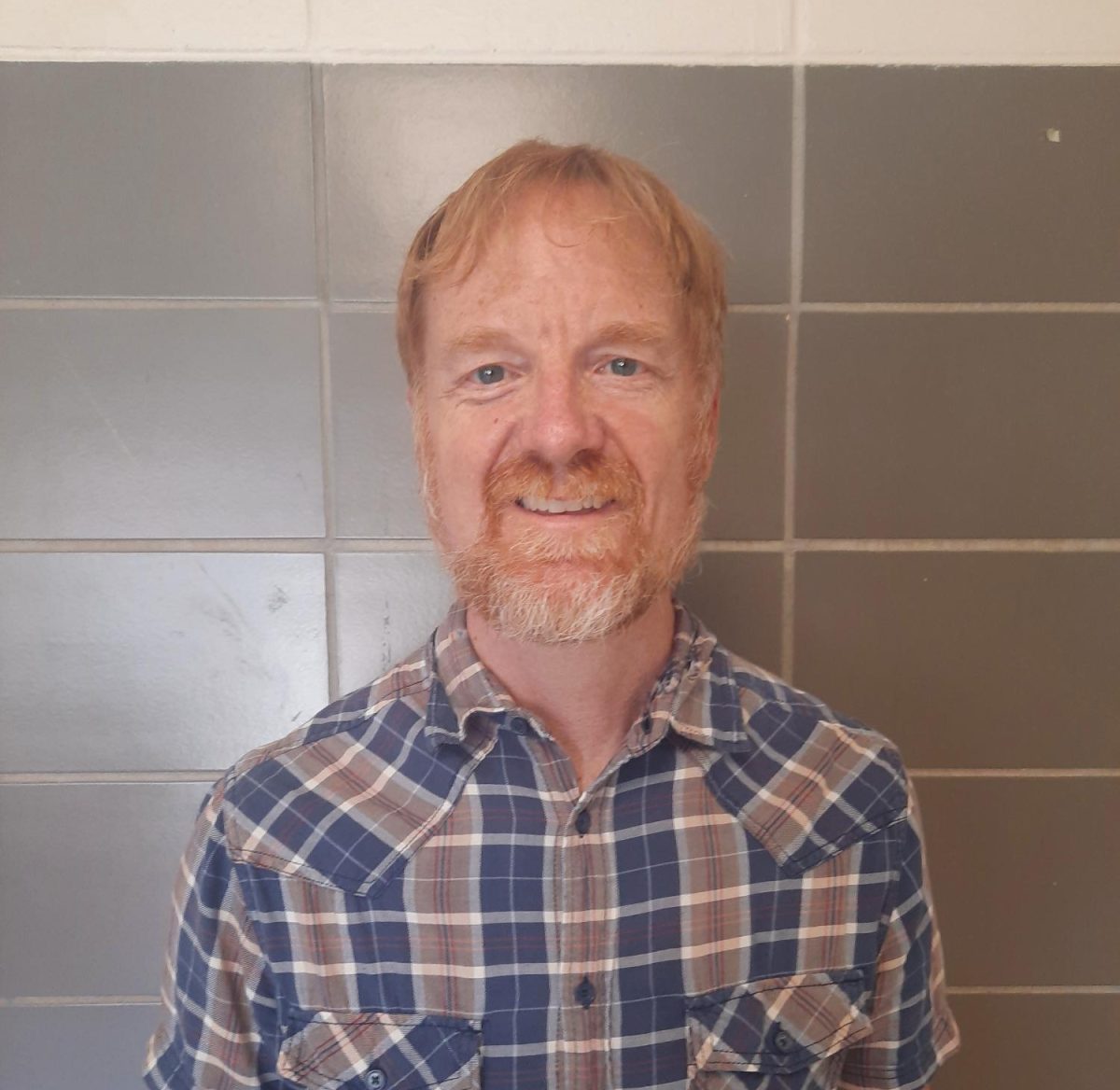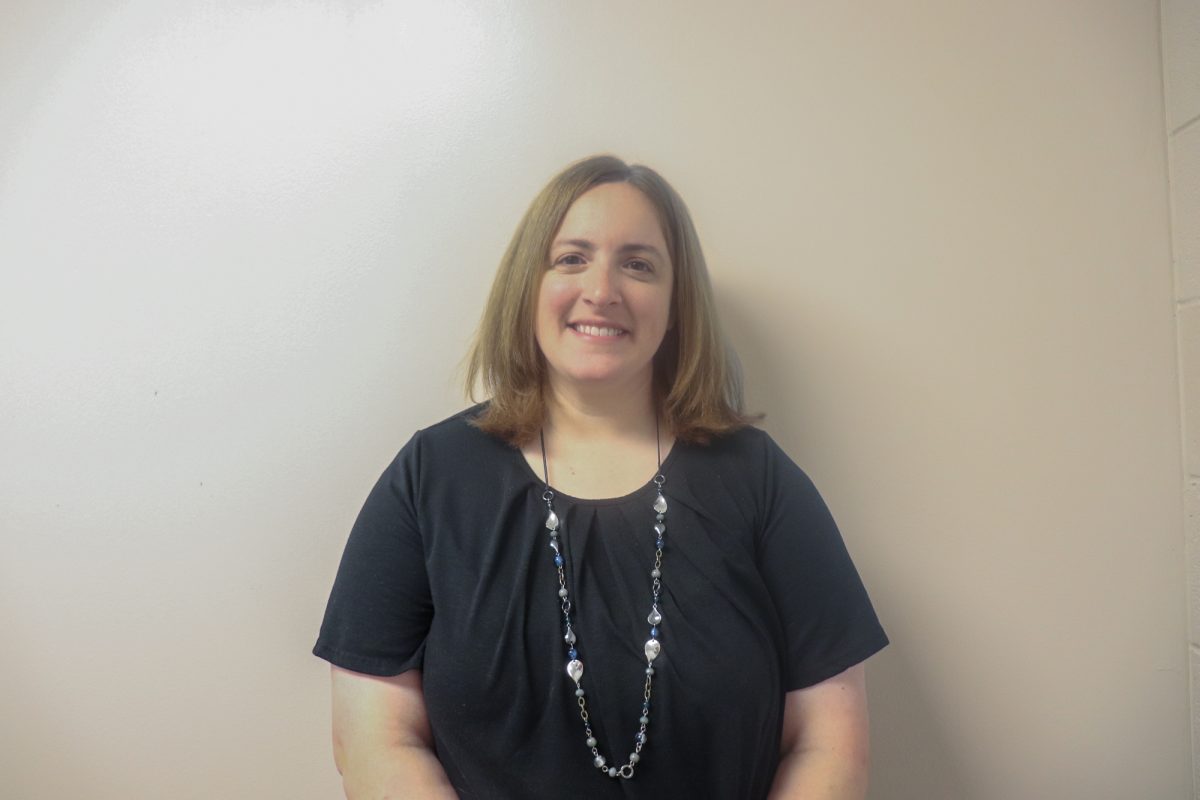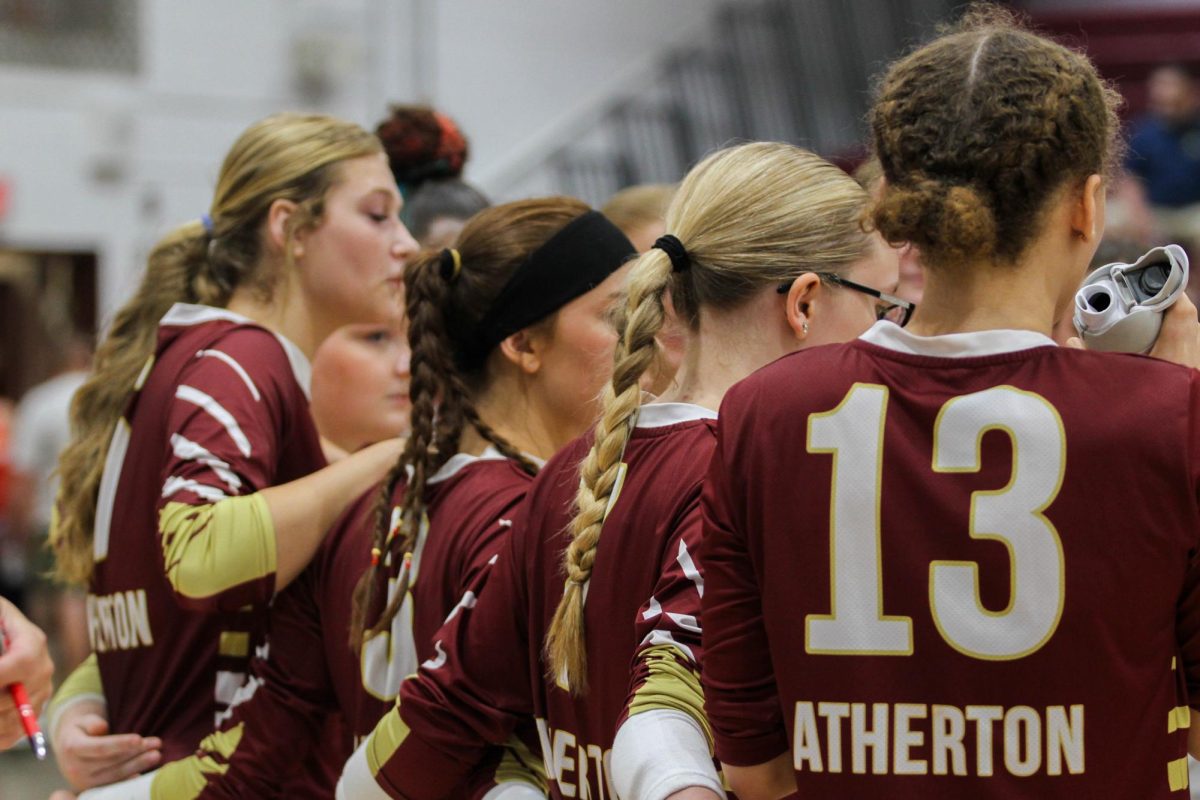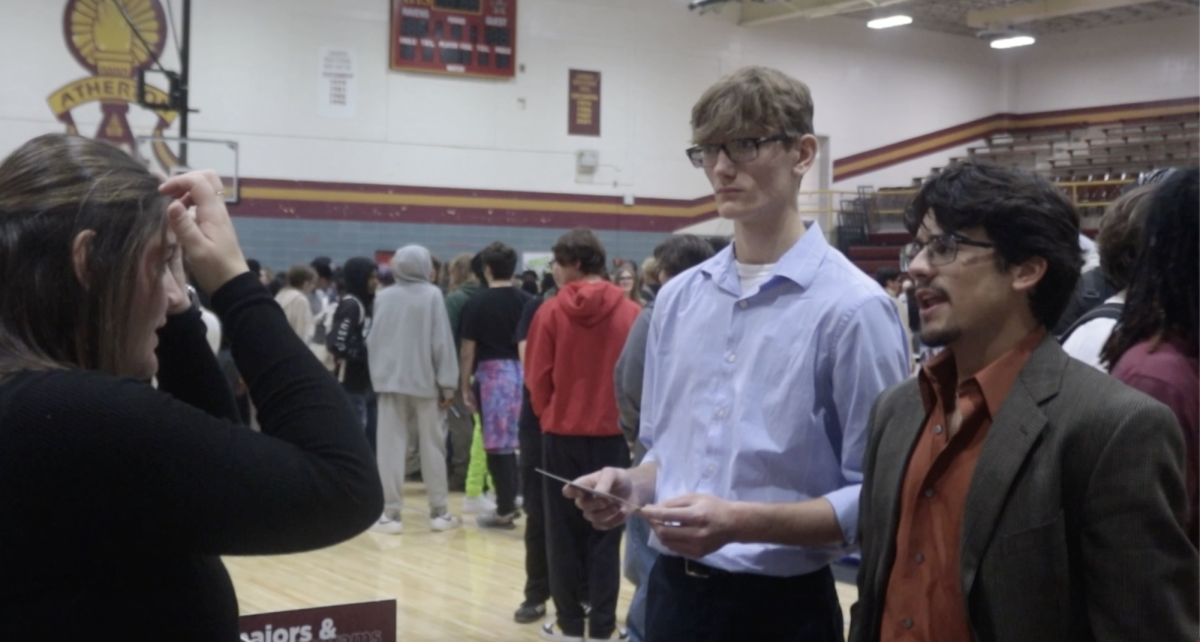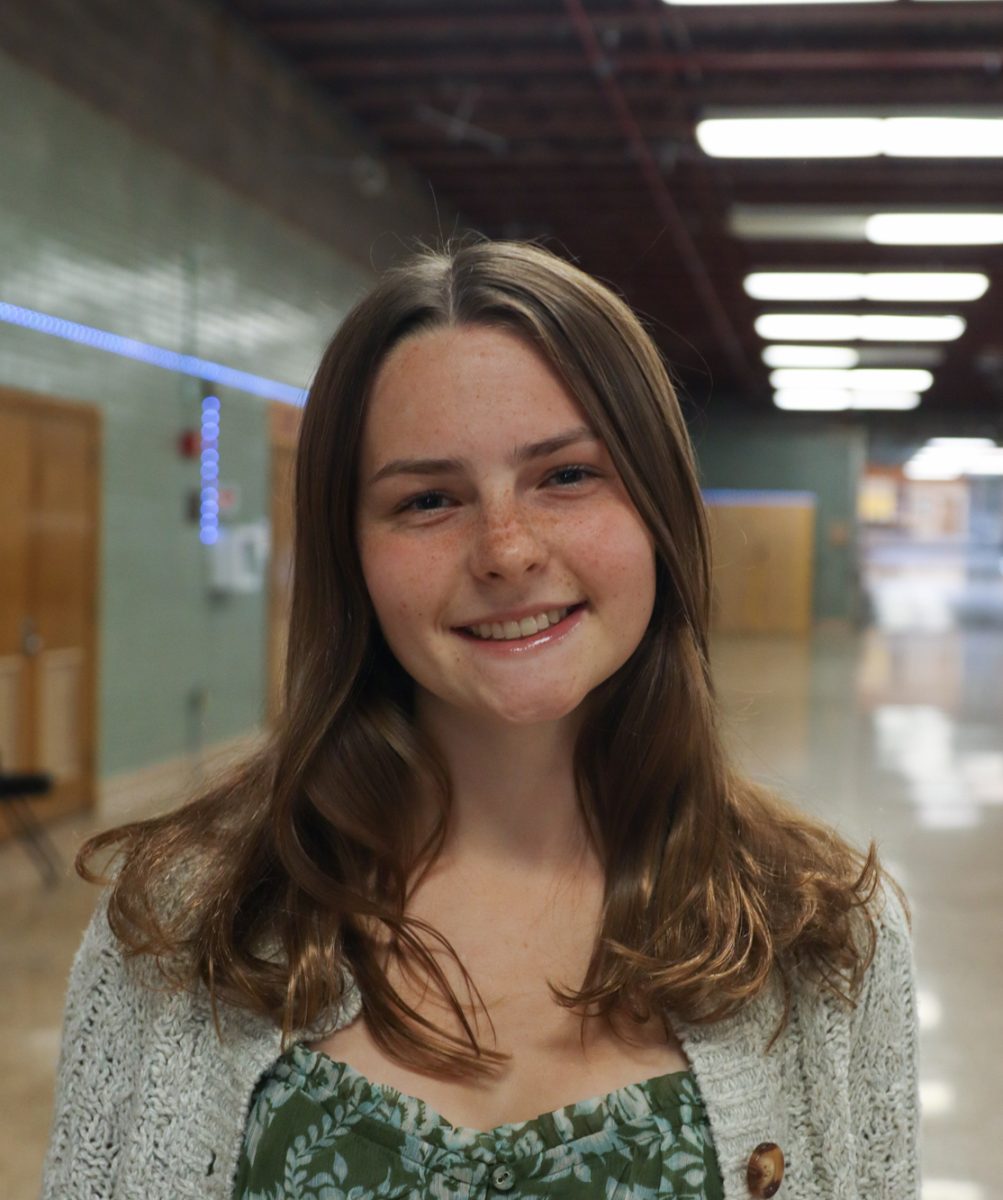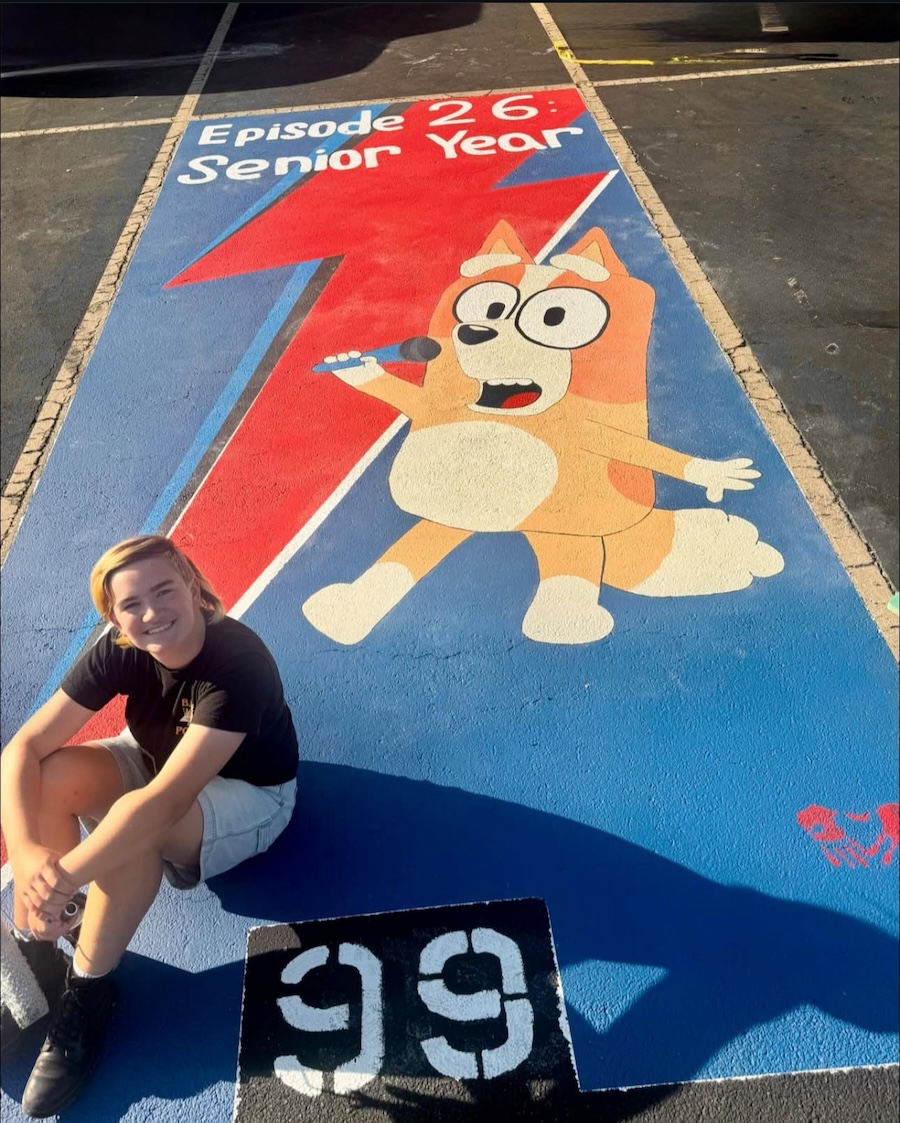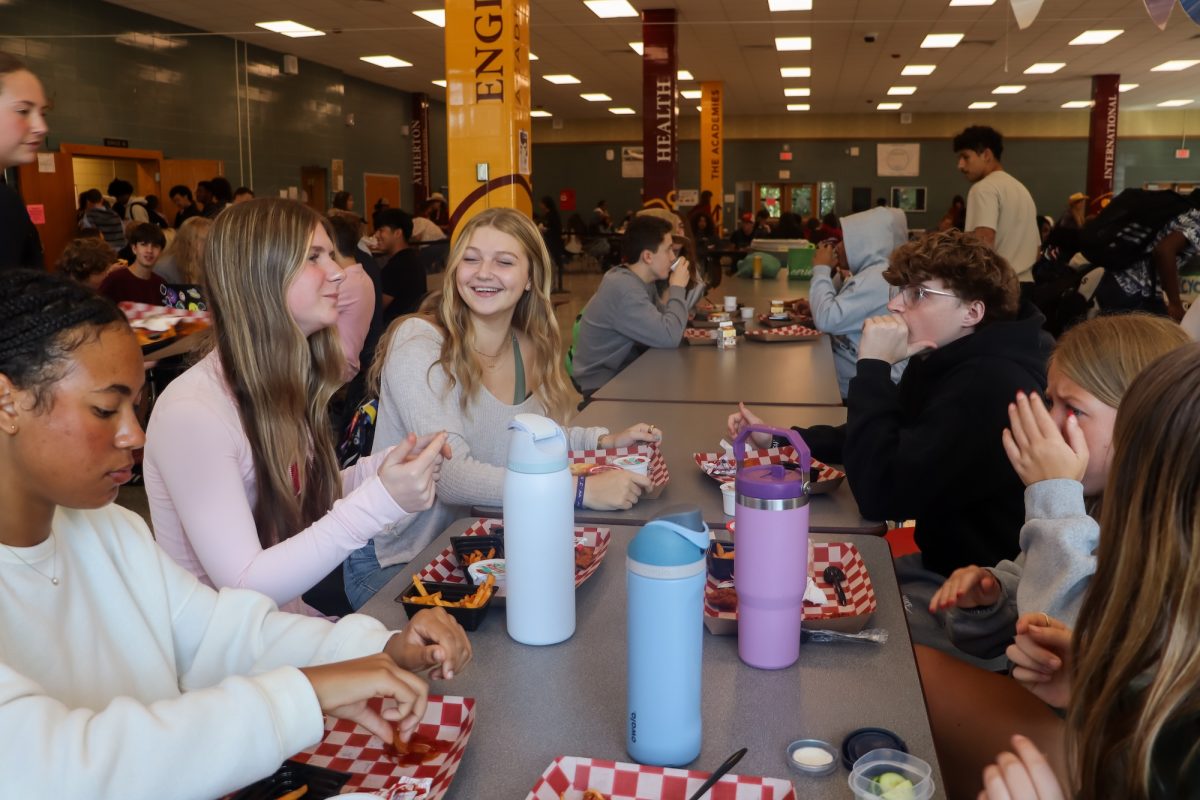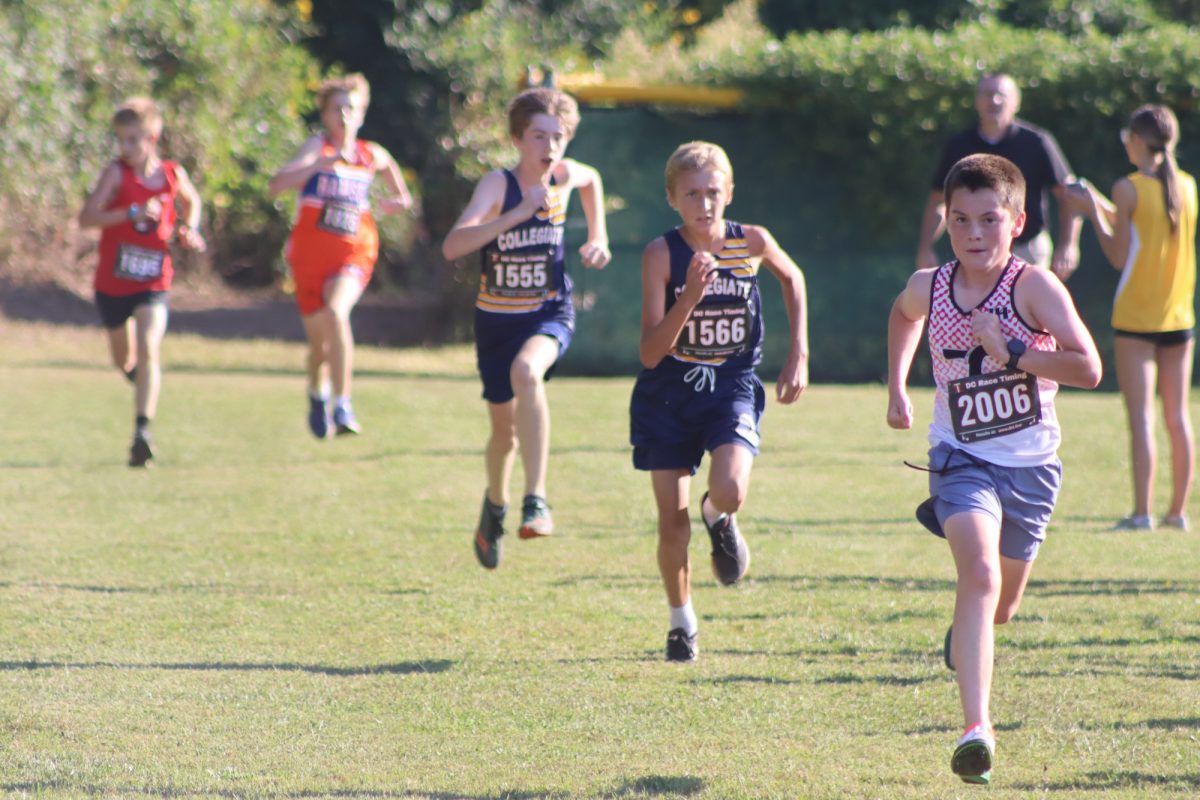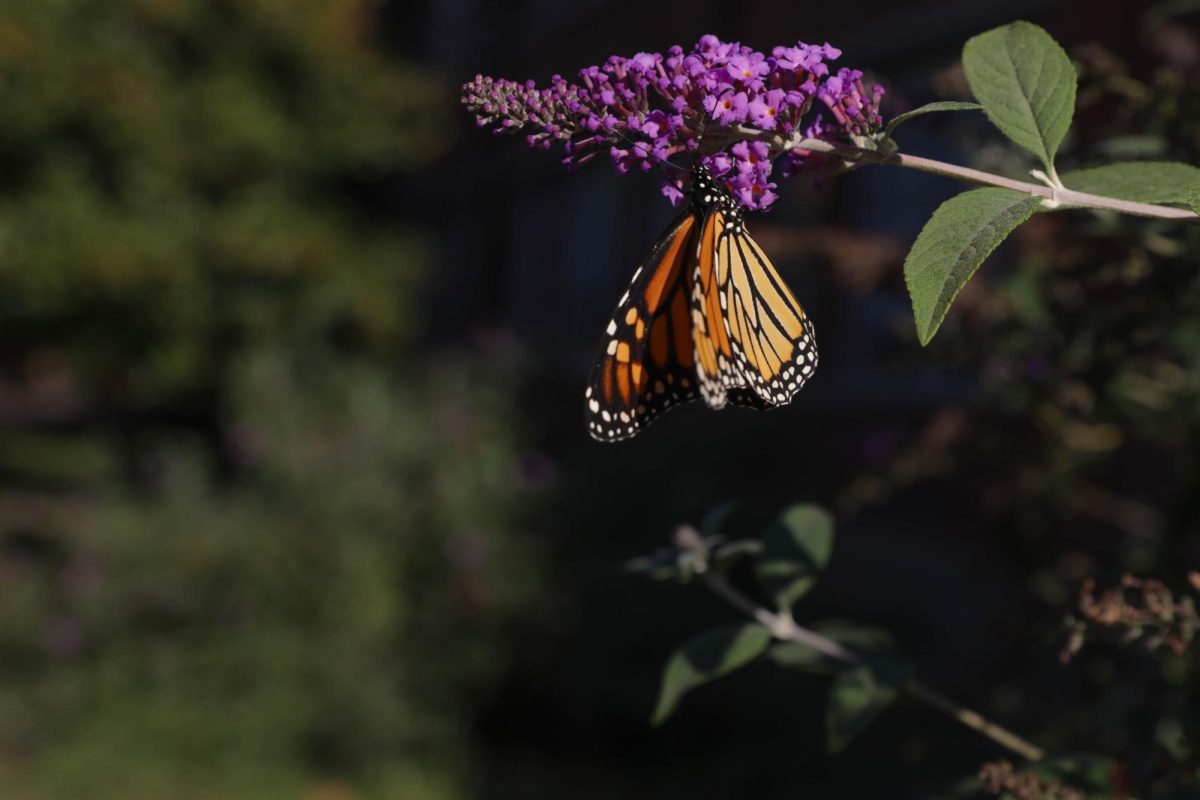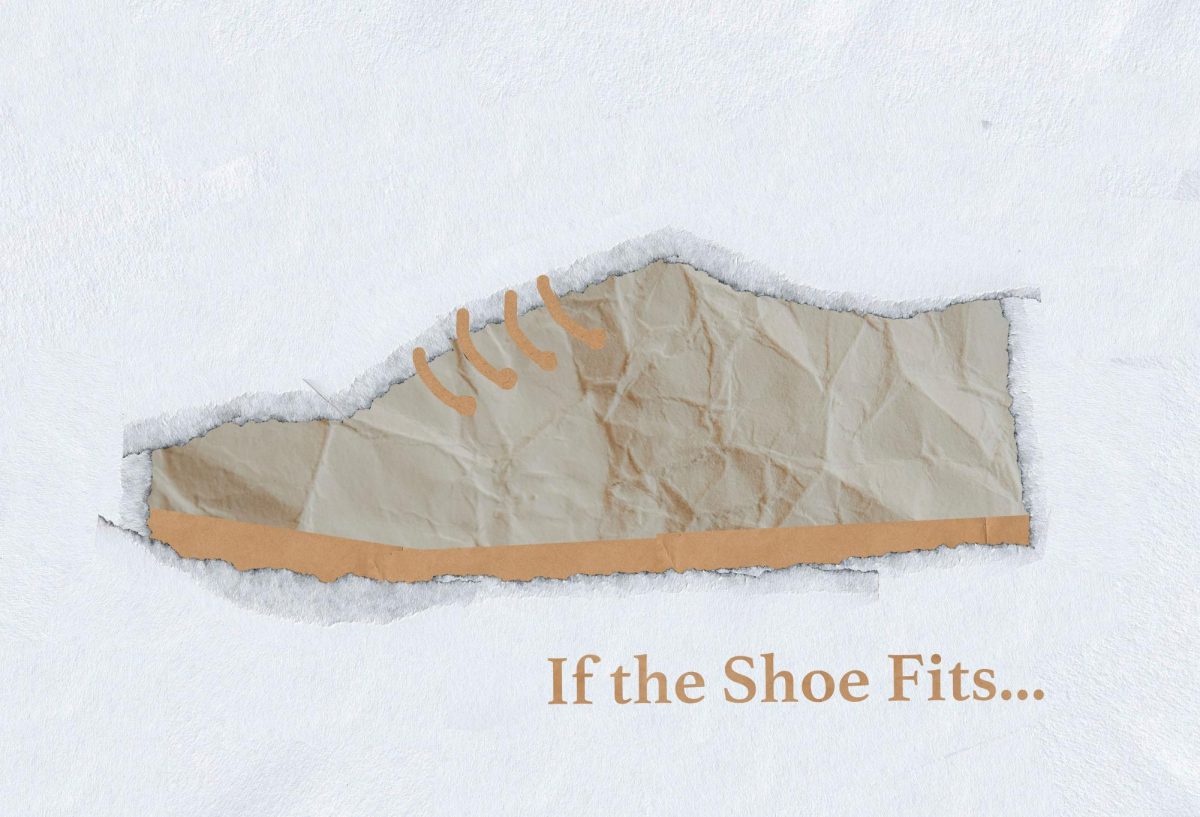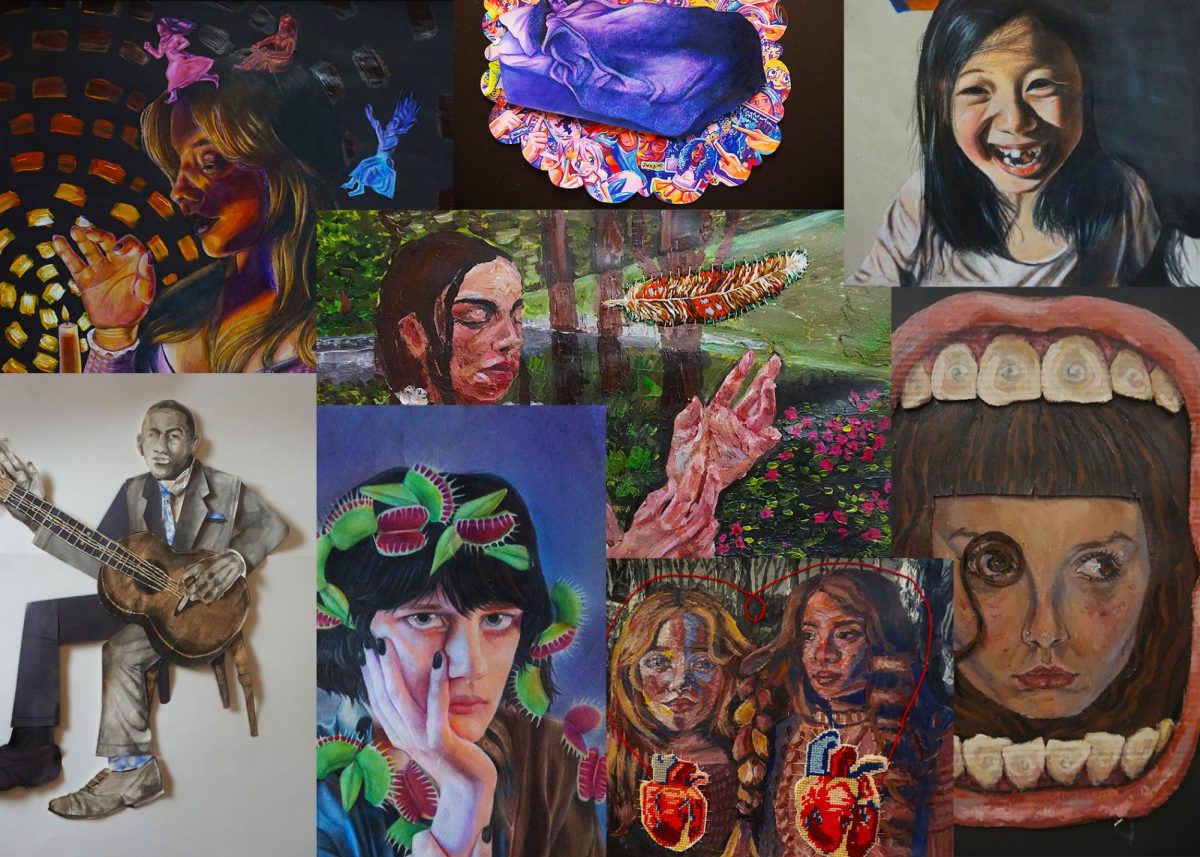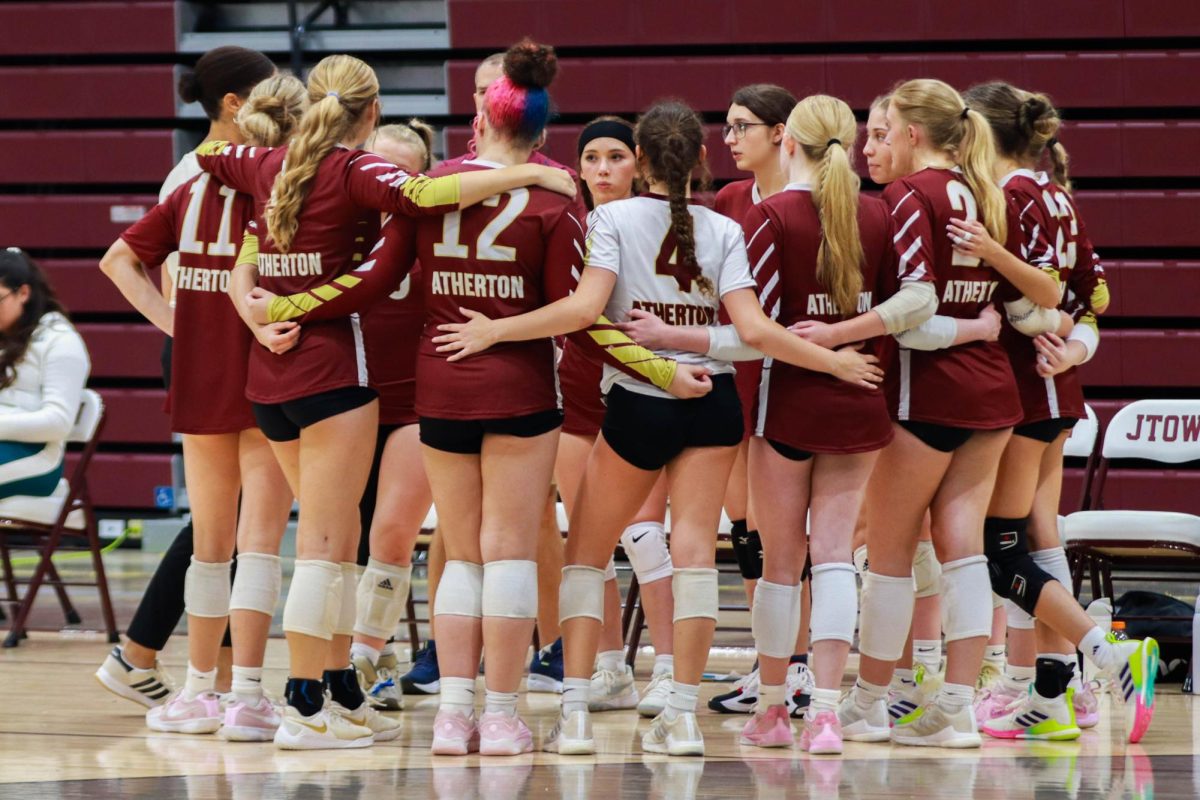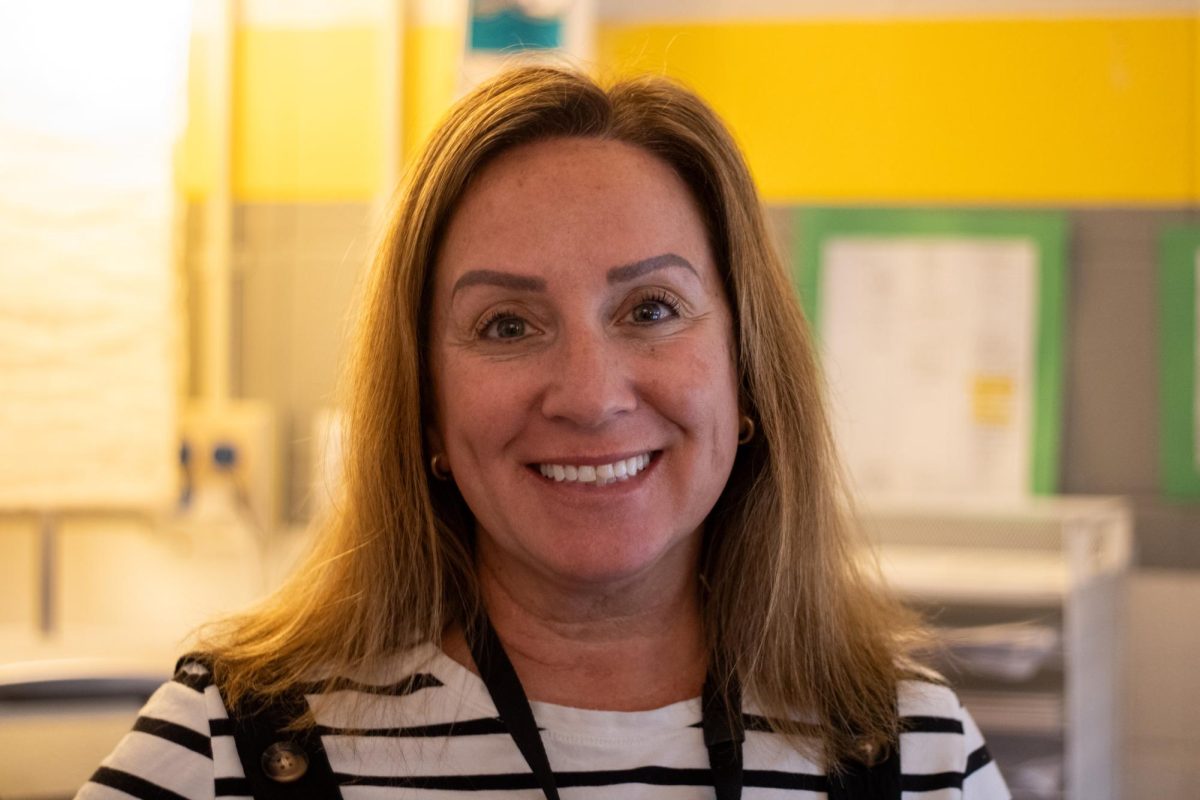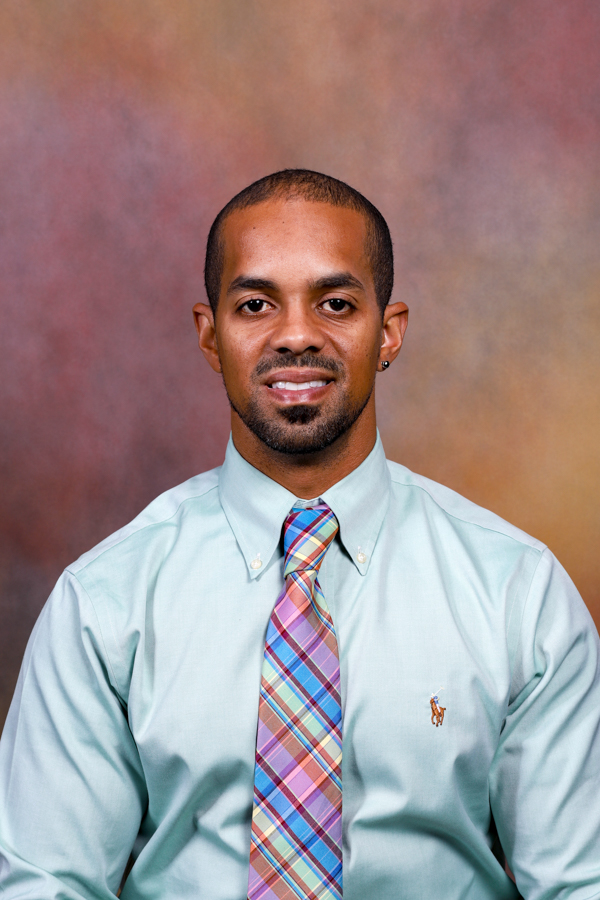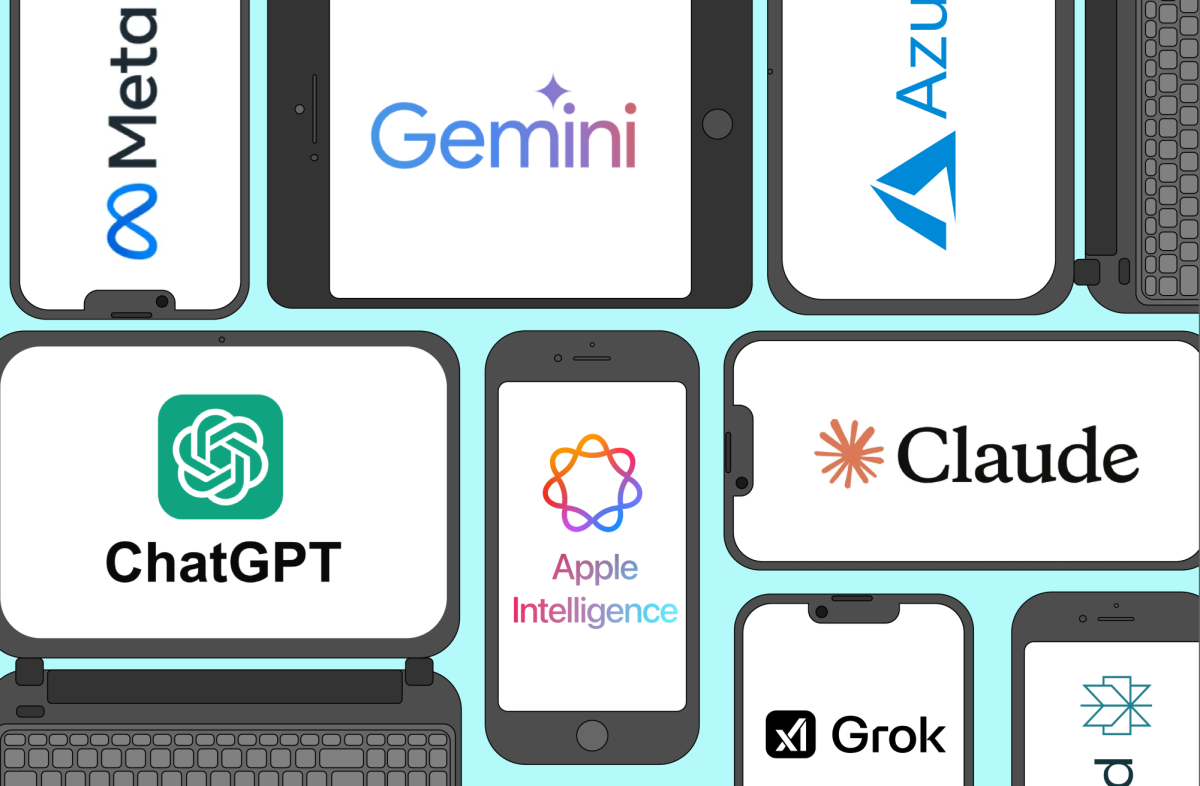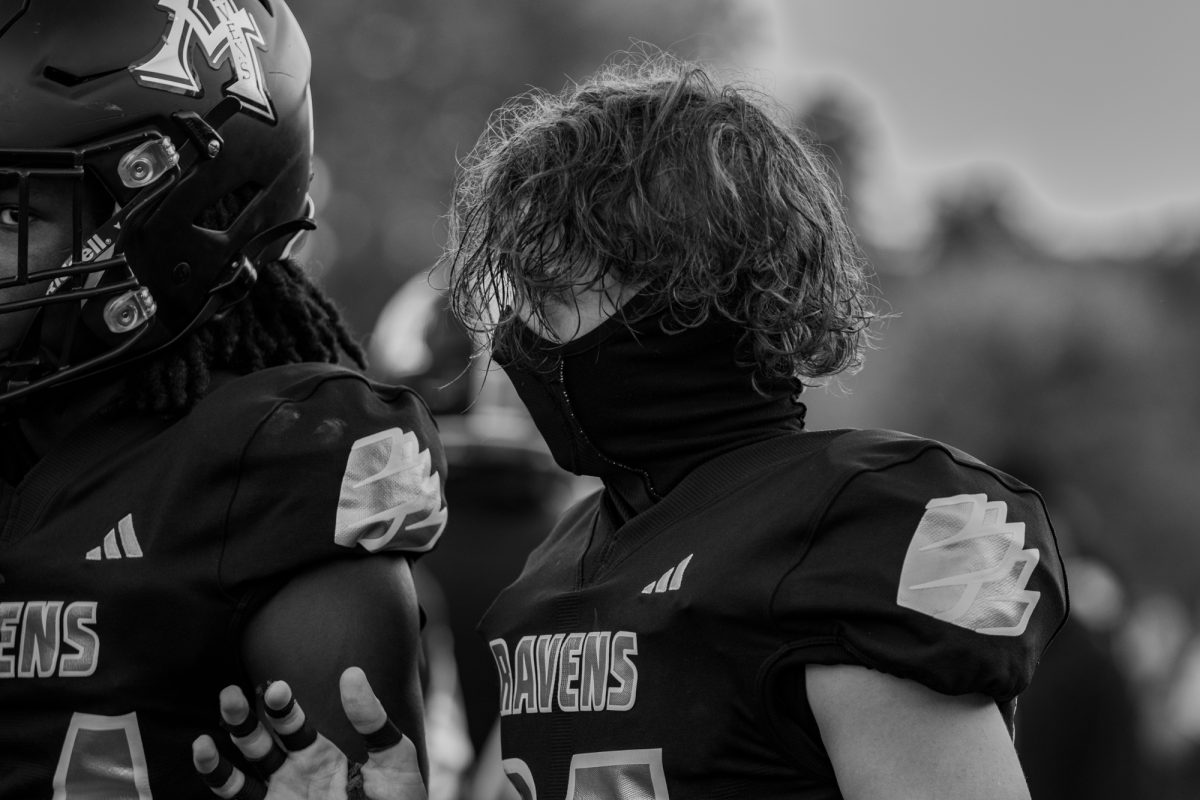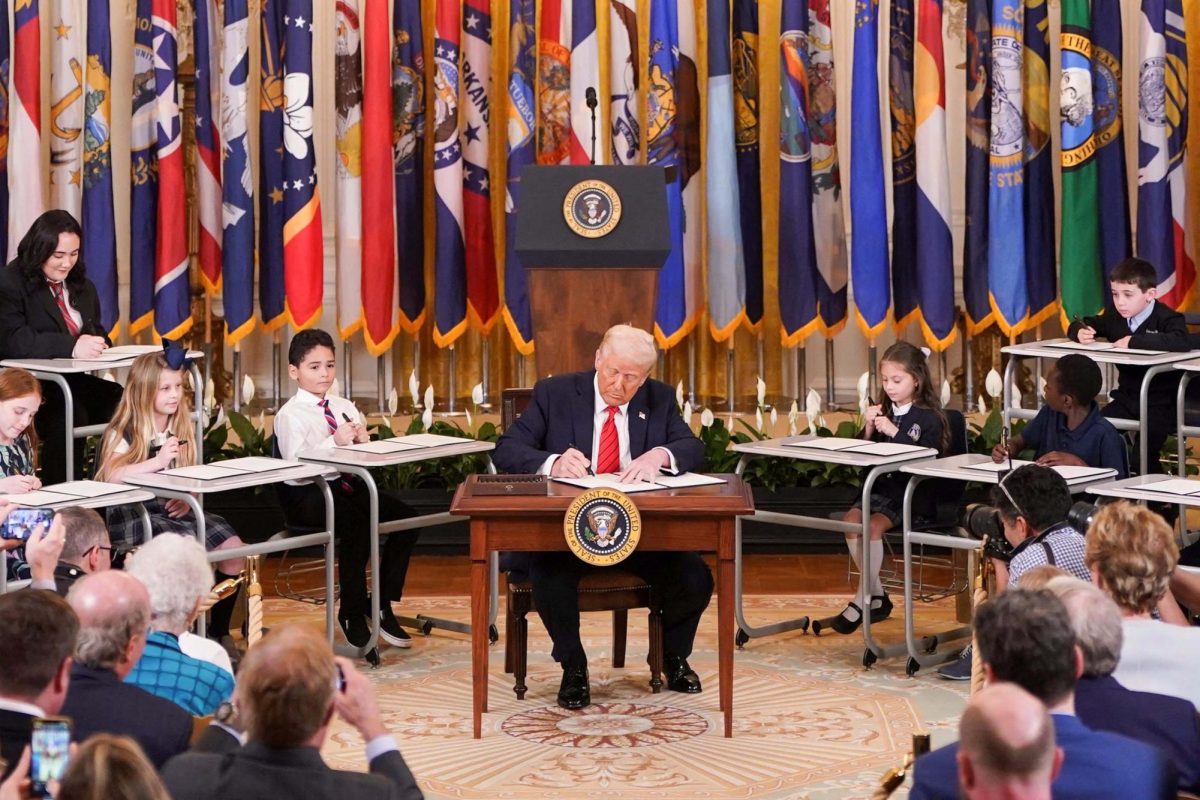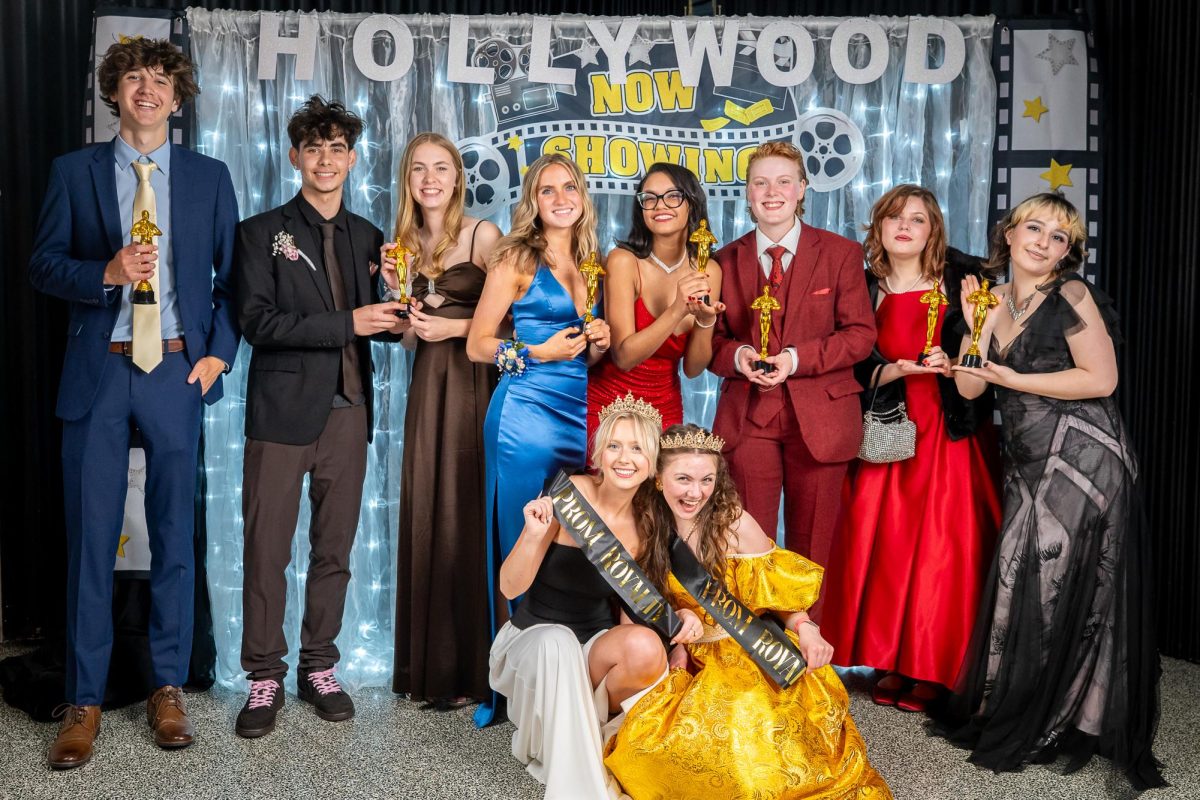The use of generative artificial intelligence has skyrocketed within the past year. Platforms like ChatGPT, Google AI Overview, Snapchat AI, and Meta AI have made AI more accessible than ever before. Talking to robots is no longer a concept of the future–chatbots can respond with human-like reactions, generate art, write essays, compose emails, and list data with the touch of a finger. With its efficiency and general accuracy, AI is a developing component in most careers. Naturally, the use of AI has spread to schools. Atherton specifically has undergone changes in its coursework due to AI’s prominence. All three pathways have adapted their content to include how AI impacts their field of study.
While AI is widely used, many students do not have a full understanding of what it is. Essentially it is a form of technology that allows machines to simulate human thought patterns (learning, problem solving, creativity, and comprehension.) The first artificial intelligence computer program, the Logic Theorist, was created in 1956 by Allen Newell, Herbert Simon, JC Shaw. Since its genesis, it has developed into two different branches: machine learning and deep learning.
Machine learning is the most standard form of artificial intelligence. The most popular machine learning algorithm is the neural network. Neural networks are directly modeled after human brain functions. They utilize layers of nodes (similar to neurons) to process and analyze data. These networks can classify data and predict future outcomes.
Deep learning is a subset that developed from machine learning. It uses deep neural networks that contain more layers than standard machine learning. Deep neural networks can create predictions and outcomes with a greater level of complexity and creativity. This is where generative AI develops. Generative AI creates “original content” derived from source material across the internet. It has developed to generate text, images, videos, and more.
Across the fields of engineering, health science, and media arts, both algorithms of deep and machine learning are being incorporated. In interviews with three teachers across the pathways, Atherton’s educators share their perspectives and experiences with AI.
Mr. Dizdarevic is the engineering and computer science teacher in the engineering pathway. He believes that computer science is highly impacted by AI. The nature of the training structure and job roles have changed to accommodate fast-developing AI. The field of engineering is slightly less affected than computer science, but AI has still become an integral component.
“For general engineering, AI is a research tool that can help with organizing and planning,” he says. It is often utilized to quickly find concise information as well as image search components. It can help prompt code that is essential to the activity. Mr. Dizdarevic emphasizes the importance of finding balance in how students approach AI. He educates his students on the limitations, such as biases and inaccuracies in information.
“You don’t want to give up the creative process and learning, but you want to use productivity,” he says. While AI may be changing in career settings, he wants students to continue the quest for knowledge. He expects students to learn manual skills, believing it’s risky to give up the information seeking aspect. Within his classes he navigates the balance of boosting productivity against giving up vital learning opportunities.
Ms. Green observes how the use of AI is changing the medical field. She teaches forensic science, principles of biomedical engineering, and medical interventions.
“I would anticipate that AI would make writing better from a research perspective. It may get to the point where it helps with making diagnoses faster and more efficient.” She believes that with proper checks and balances from the human mind, it can revolutionize the field.
A cited example is how AI can improve differential diagnosis. In a dermatology study by Esteva et. al physicians trained neural networks to classify images of different progressions of skin cancer. The AI model was successful in its classifications, doing so within a “fraction of a second (Basu et. al).” AI has also been utilized for personalized treatment and studying drugs. Using flight traveler data, AI was able to model contact tracing to combat the COVID-19 pandemic. Ms. Green is optimistic for AI’s future; she believes that medical writing and determining patient prognosis will become faster and more efficient.
AI’s most controversial impact lies in the arts. Generative AI is a looming presence in the field of graphic design. There is an ongoing debate over its ethics and codifying proper use. In order to generate content, AI pulls inspiration from all over the internet. Generative AI is never truly original; it always has a source.
Ms. Rice acknowledges this as one of her key reservations over its increasing presence. She teaches 2-D design, digital imaging, and oversees the Aerial and yearbook in the media arts pathway.
“In the past, I just didn’t teach it,” she says. With concerns of plagiarism, she believed incorporating AI would be relinquishing the creativity of the arts. With current career trends and prospects, she believes that ignoring AI will not be beneficial for her students.
“It’s not going away. With the way the future’s going, kids need to use it properly.” The best course of action is to educate students on how AI will impact the arts and how to retain authenticity in artwork.
To introduce her students to plagiarism, she recounts the story of Richard Prince and the Marlboro Man.
“In the 80s and 90s Marlboro cigarettes created an ad campaign all about cowboys,” she said.
“A bunch of photographers went out to the west and spent weeks dealing with wild horses, sun, wind, and dust. And this guy, Richard Prince, was working in the tear department of Times Magazine where he was archiving all of their pages. He fell in love with this picture of a horse and came in with his own camera the next day. He took a picture of it and cropped out the Marlboro logo. He has sold that picture for millions of dollars.”
The story of Richard Prince projects how art is easily exploited. The themes of this historical example coincide with the appropriative nature of generative AI.
“You don’t know where the art is coming from”, Ms. Rice says, “There’s no way to give credit.”
Nonetheless, Ms. Rice asserts that AI will not be completely detrimental to the field. Photoshop, which utilizes AI in certain features, has transformed into an art within itself. Students can learn to master photo editing. Additionally, AI cannot replace true journalism. Interviews and photography of current events are still vital for conveying accurate news.
Artificial Intelligence, met with both praise and scrutiny, is undeniably becoming a part of our daily lives. Because of its applications across a variety of job fields, it has matriculated into the education system. Atherton is currently experimenting with ways to introduce AI to students while retaining proper ethics and the drive for knowledge. The three pathways receive AI with varying perspectives, but each unite in their shared attempts of exposing students to how their future careers will be impacted.

